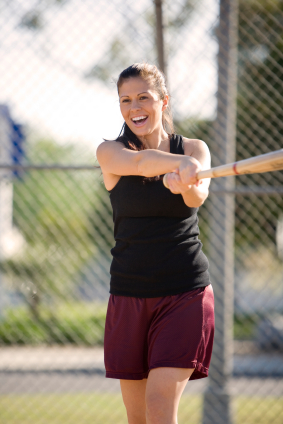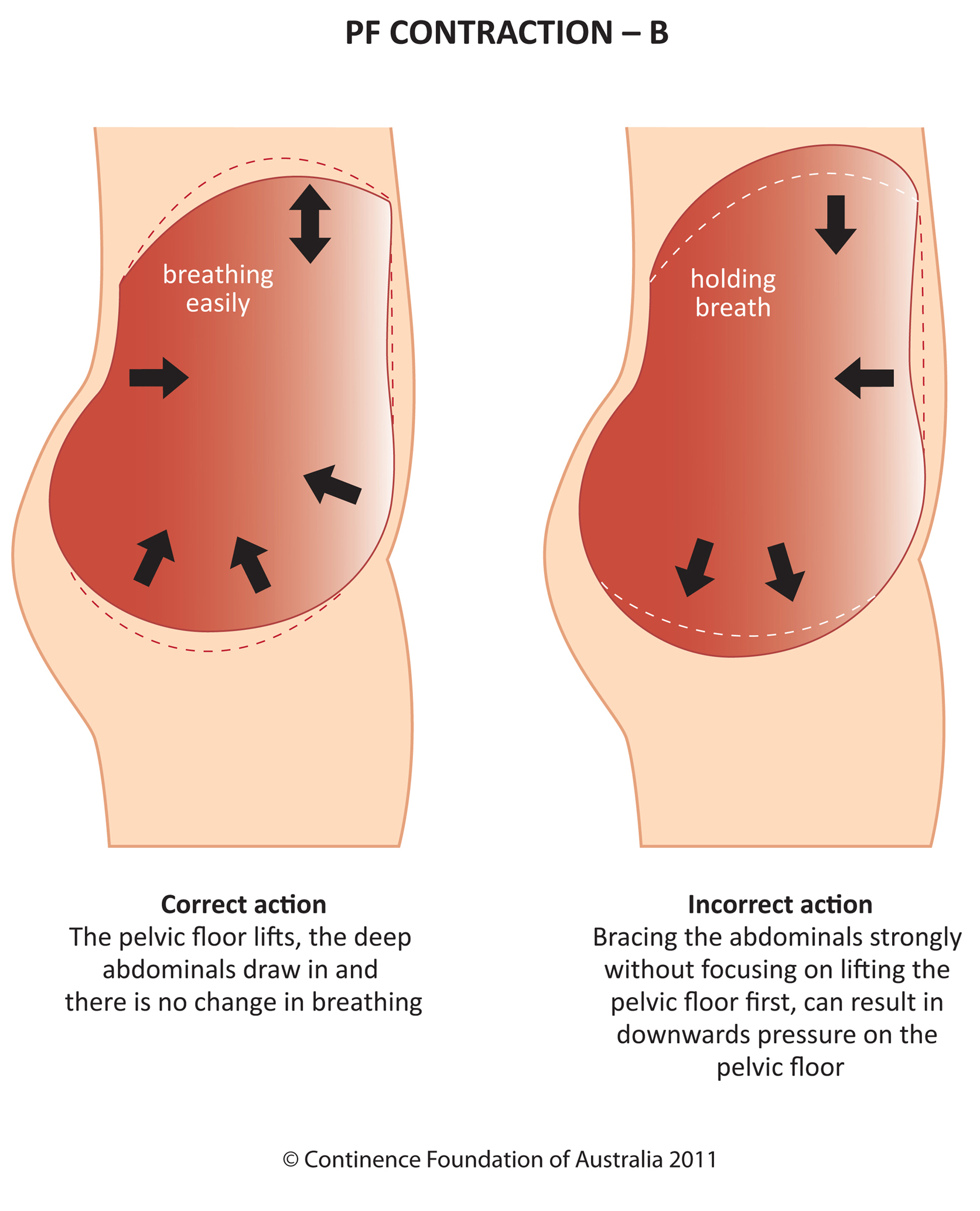
`Core’ fitness is a buzz word, but do you know what it means?
There has been a move in the fitness industry over the past 3 1/2 years to start to understand the role that the pelvic floor has in forming the base of the deep core. At the bottom of a cylinder in the body, is the pelvic floor and at the sides and front are the abdominal muscles, made of layers.
/Are-You-Playing-Games-with-The-Core/CON01_Logo_Standard_CMYK.JPG.aspx)
The Pelvic Floor First campaign helped to build the picture of how the pelvic floor when activated first, works together with the deep abdominal muscles, called the Transversus Abdominus. There are steps between lifting the pelvic floor in an isolated hold, and integrating the pelvic floor to hold during a loaded resistance exercise.

Used with kind permission from The Continence Foundation of Australia
“Did it fall, or was it pushed?” is a term that has been used in courses run by Professor Pauline Chiarelli, Continence and Women’s Health Physiotherapist, researcher, educator and pioneer in the industry. This relates to the support that the pelvic floor provides to the pelvic organs – the bladder, uterus and the bowels. If the support is compromised in some way, then there is the risk of one or more of the pelvic organs dropping down, and this is known as a prolapse.
During pregnancy, hormonal changes and the weight of the growing baby and uterus, means that there is more work for the pelvic floor to do in order to cope with these changes. Following birth, the postnatal pelvic floor needs work in order to recover from these pregnancy changes and the effects of childbirth.
As the muscles build and recover, we know that they can then start to cope with the load of building up the resistance and levels of postnatal exercise. Often there is a jump however to a higher level or grade of exercise, before the pelvic floor is ready to cope with it.
There are many loaded exercises that can cause significant pressure down on to the pelvic floor, that are now common practice for women, in an attempt to strengthen their core. A plank or a hover is one example of a strong and loaded exercise, which is like giving an early primary school child a high school lesson which they are not able to cope with yet.
The building of the postnatal client’s inner fitness takes steps in stages or levels that allow her to also build her pelvic floor’s ability to withstand the forces of an exercise. Endurance, strength and control are all needed to build the coordination and control of the pelvic floor before it is ready to cope with excessively strong exercises in the postnatal period.
Do you know how to check a postnatal client’s core fitness?
Using our booklet As Your Shape Changes, you can guide your client through the stages of checking their pelvic floor and core control recovery levels and help them to more safely return to the stronger exercises, sports and activities that they love.
So, as you step up your game of `playing’ with the pelvic floor correctly, you’ll get your client ready to go back into their game too.
The newly revised Factsheets from The Continence Foundation of Australia are available now!
Exercise in Pregnancy and Returning to Sport.